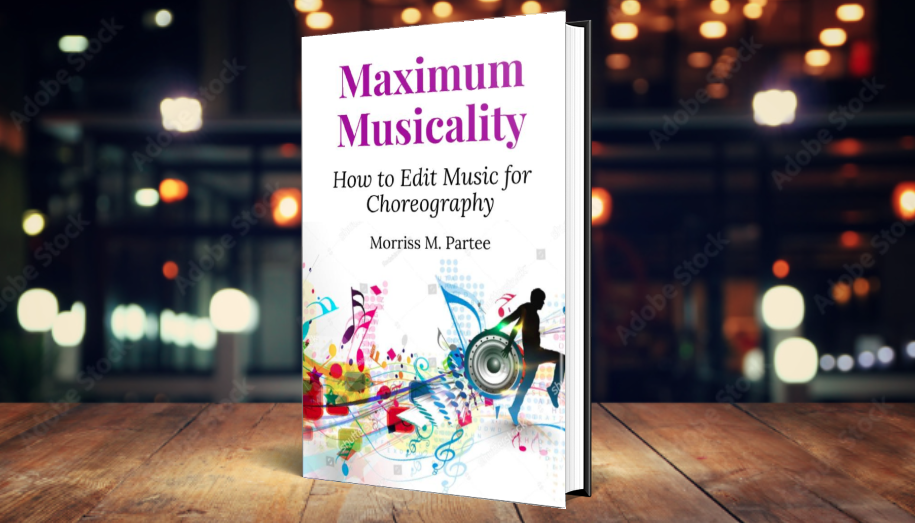I just got back from a spectacular regional dance competition, where my original remix Pixie Hollow premiered. The dancers were truly spectacular and brought a tear to my eye. I can’t wait to see them perform it again in two weeks.
It was truly a pleasure to watch so many fantastic dances, and hear the wonderful music that the dance teachers had chosen for their students. I could see how much hard work had gone into each number to bring it to fruition on stage.
Being a musician and not a dancer, I paid special attention to the music, and how the dance and music worked together in the performances. I was very happy to hear no major squirrel trenches in any of the songs I heard. However, I couldn’t also help but notice that there were minor glitches in the music editing of many songs. So in my quest to help eliminate bad music edits from all dance competitions, I present to you the top 5 music editing mistakes I hear in songs played at competition. In subsequent posts, I will explain in detail how you can avoid each one. While most judges won’t deduct points for these mistakes, any one of them takes away from the musicality of the dance that you are striving for. Any of these mistakes takes attention away from the dancer and makes the performance less enjoyable to watch.
1. Awkward fade out
2. Mis-matched phrase edit
3. Abrupt cut
4. Drop-out edit
5. Frozen statue intro
Let’s discuss the first two in a bit more detail. Again, future blog posts will explain more about each one of these pitfalls, and more importantly, exactly how to avoid them in your own music editing.
The awkward fade out (and its cousin, the abrupt ending) is by far the most common music editing mistake I hear in dance competitions. It’s easy to understand why it happens. You find a great song, and virtually all popular songs are too long for competition. So what is the easiest thing for a time-pressed dance teacher to do? Fade it out at the proper length for competition. But while it’s easy to do this, it’s very much worth the time to avoid this practice. With the awkward fade out, your dancer is usually left either holding their ending pose or begins to exit the stage, while the auditorium falls into silence. The audience doesn’t start applauding and cheering because they aren’t sure that the performance has actually ended. There’s nothing worse for your performers’ self-confidence than the nervous silence, followed by the too-late applause created by the awkward fade out. Often these strange fade-outs occur in middle of a verse or some other equally unexpected point in the song. As I’ve said in an earlier blog post, if your song has a clear ending, use it. [Update: Here’s exactly how to do it.]
The mis-matched phrase edit is another common song editing mistake, and one which can be quite problematic from a dance point of view. Most dancers love a strong groove, a catchy or funky beat, that propels them to dance. And most dance music (though certainly not all) is in 4/4 time. Dancers learn to count in 8s, which corresponds very nicely to most musical phrasing, which usually occurs in groups of 4-beat measures. While musicians learn to count in 4s, these groups of measures often occur in even multiples, such as 8 and 16, and these patterns usually can also be lumped together in groups of 24 and even 32. How strange then, when the editing of music occurs in mid-measure, and sometimes even in mid-beat. Here is what this pattern looks like in written form, from a dancer’s point of view:
8, 8, 8, 8, 8, 8, 8, 8, 8, 11.3, 8, 8, 8, 8, 8, 8, 8, 8, 8.
No wonder your dancers are having a hard time with this section of their song- it not only has an odd number of beats, it also has a partial beat! OUCH! It’s nearly impossible to get your dancers’ moves clean when the music itself is not clean in this way. Inevitably, this type of editing flub kills the groove and pulse of the music.
Well, that’s all for this blog post. In future posts, I will give you some very specific guidance on how to avoid these most-common song editing mistakes in your competition routines. In the meantime, if you have a song that has one of these mistakes in it, and you want it fixed in time for your next regional or nation competition, send me an email.

